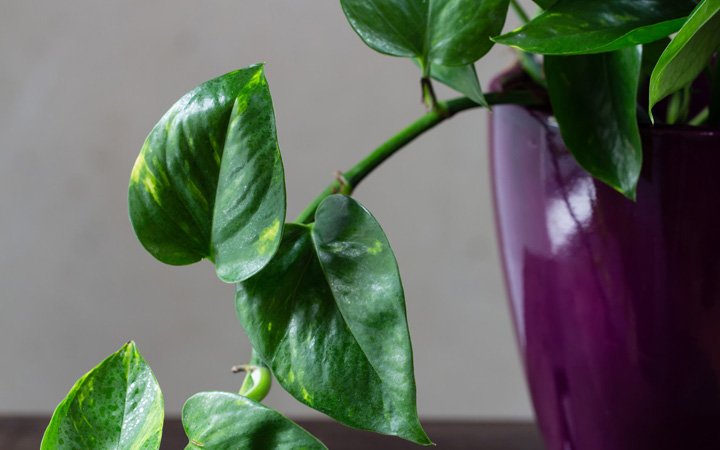These are general guidelines that describe different poisonous plant toxicity levels. It’s possible for an allergic reaction to occur from contact with any houseplant, toxic or non-toxic. If there is ever a concern, call: Poison Control Center: ******1-800-222-1222******
Level #1: Houseplants with low toxicity, may be mildly irritating, especially the sap of the plant.
Level#2: Houseplants with medium to severe toxicity. Eating parts of these houseplants may result in vomiting, diarrhea, stomach pains, skin irritations, and breathing difficulties.
Level #3: These houseplants are very poisonous. When eaten, especially in large quantities, severe vomiting, diarrhea, stomach pains, skin irritations, and breathing difficulties can occur.
Level #4: These houseplants are extremely poisonous. Eating parts of these houseplants can be be life threatening.
Every plant listed in our Popular HousePlant guide has a section explaining whether or not it is toxic and, if so, how dangerous it is. Amaryllis, alocasia, dieffenbachias, crotons, ivies, azaleas, lilies, and philodendrons are just a few of the highly poisonous plants we use in our homes and offices all of the time. If you don’t know whether your houseplant can pose a threat, send an email to Ask Judy@HousePlant411.com. Include a picture of your plant and a description. Judy will let you know if the houseplant should be kept away from small children and pets.
See colorful pictures and get more information about poisonous houseplants in my book
Don’t Feed Me To Your Cat! A Guide to Poisonous Houseplants

